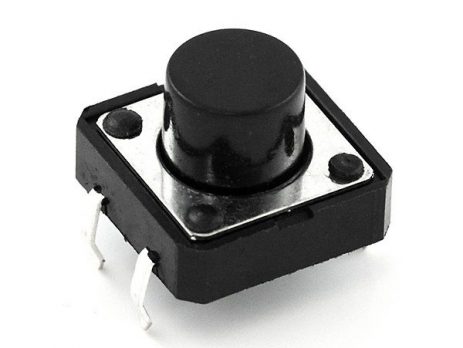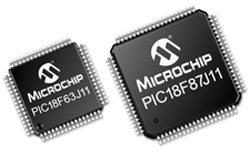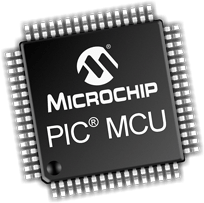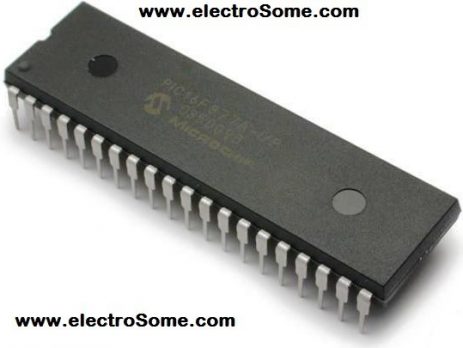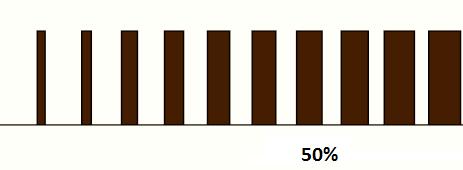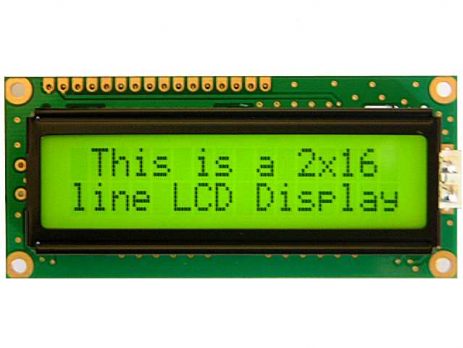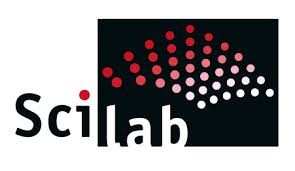Using Push Button Switch – MPLAB XC8
Push Button Switch I hope that you already go through the first tutorial of MPLAB XC8, Getting Started with MPLAB XC8 - LED Blinking. In that tutorial we learn how to use an output pin by driving an LED. In this we will learn how to read an Input pin using a push button switch. We already seen that TRIS register is used to set direction of each IO pin, ie Input or Output and PORT register is used to read...


